Financial Architecture and Economic Development in China and India: A Comparative Perspective
The author argues that as India faces the new century, the Indian economy stands at cross roads. Either it can take the ‘business as usual’ road which means continued poverty and a low growth trap or take the high road to achieve prosperity, global prominence and a more egalitarian society through accelerated reforms and by energizing the national innovation system. In this regard, the author suggests that the Chinese challenge is formidable. However, what stands between China and further accelerated growth is financial sector reforms, and the Chinese Communist Party’s unwillingness to relinquish control over the levers of financial system. Thus, a wide-ranging financial sector reform is essential for the sustainability of Chinese growth performance to correct the incongruities noted above. The author concludes that the Chinese economy nevertheless enjoys substantial advantages over India, particularly in the manufacturing sector. China is able to be a recipient of much more FDI to modernize its manufacturing sector than India because its policies are so designed that there is significantly less transaction costs, much lower real rates of interest, better infrastructure especially connecting the SEZs, and greater labour market flexibility. The author suggests that India, relative to China, faces ten major competitive disadvantages in the major area of growth which could block her from closing the gap in the first two decades of the 21st century. In fact, the author is of the view that the wide gap between India and China in per capita incomes was only, in part, due to a lower population growth in China, and much more due to a greater investment effort in China. India cannot close this per capita income gap by 2020, without a faster GDP growth rate for which an even greater effort to raise the level of investment will have to be made. This is easier said than done because it would require India to implement a major push for second generation reforms. India is poised better for second generation of reforms, given of course the political will. If indeed India adopts new reforms and removes the main barriers to growth, it is then within India’s reach to close the gap with China and come on par by 2020.
BECOME A MEMBER

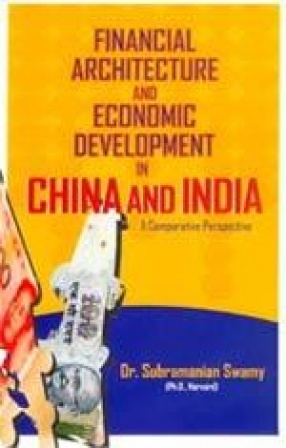

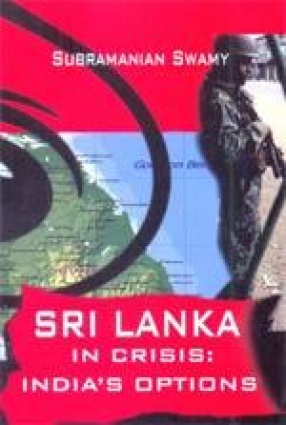
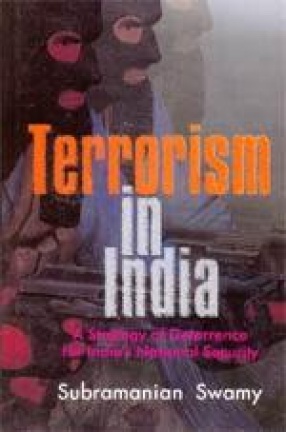


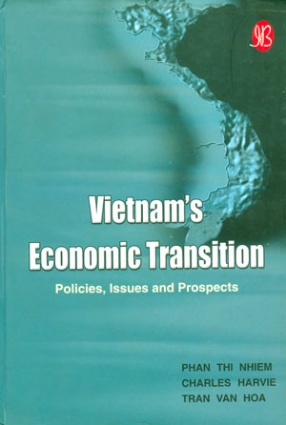

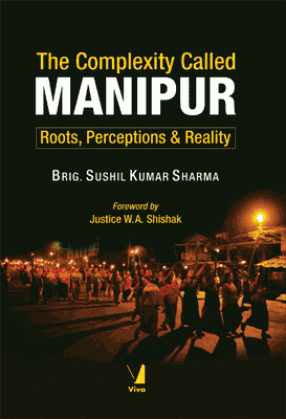

Bibliographic information
Tags